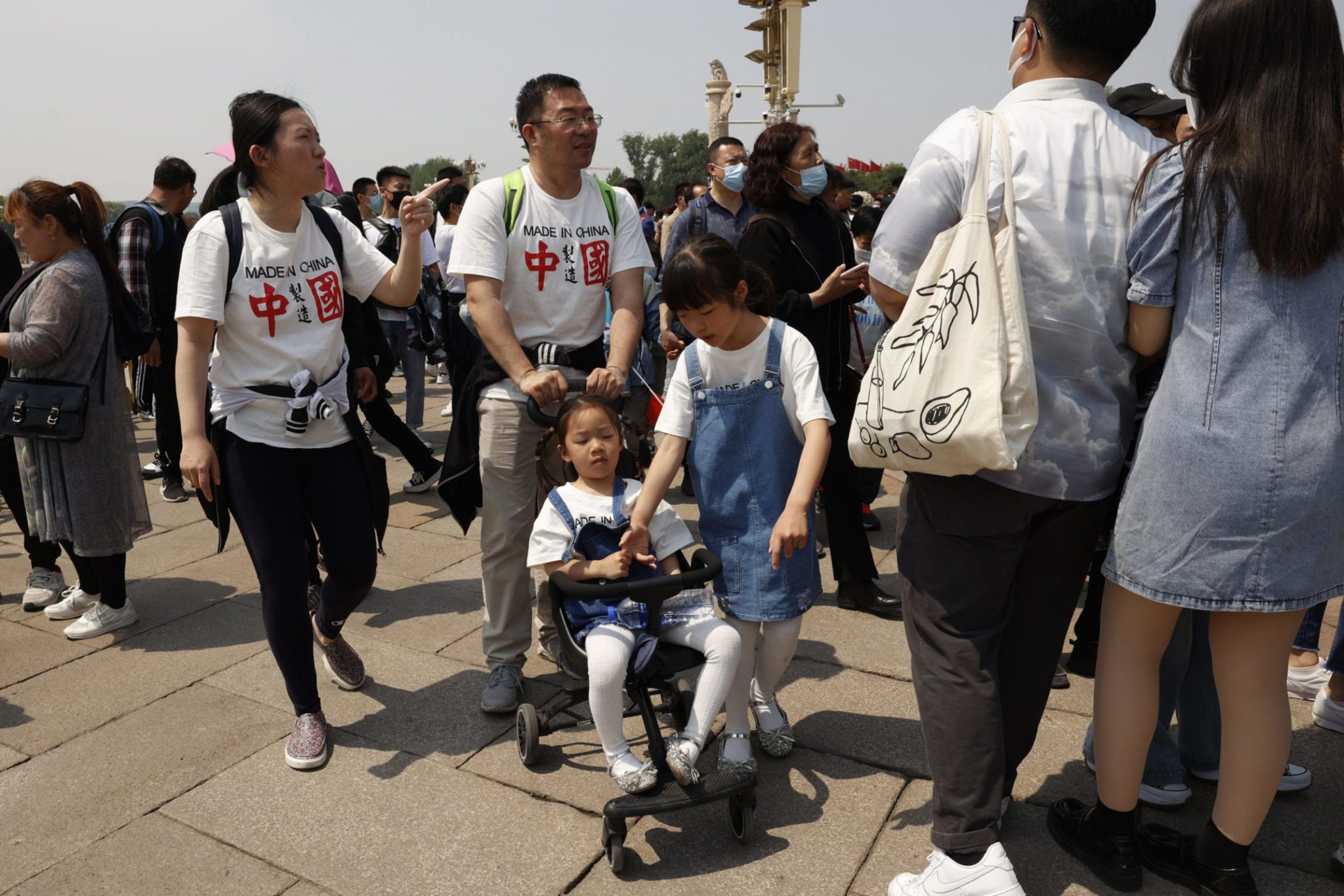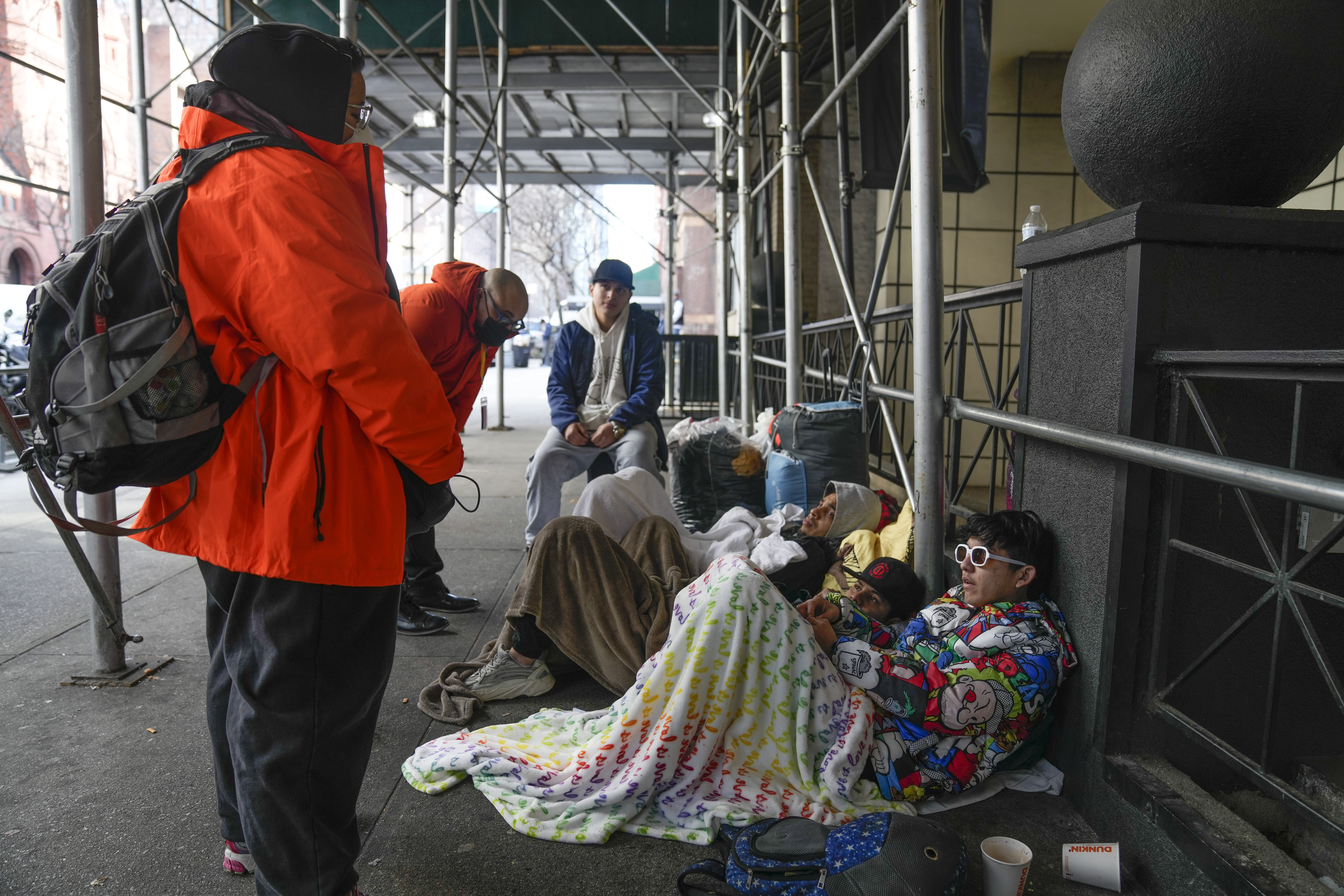China is not yet ready to take over the world, at least in a population sense.
Its every-10-years census showed a slowdown from the 2000-2010 census numbers: 0.53% from 2010-20, down from 0.57% the prior decade.
China’s population stood at 1.41 billion people as of Nov. 1, 2020.
In 2019, the population increased by 4.67 million, according to official figures by the National Bureau of Statistics.
Chinese authorities instituted a one-child policy in 1979, and China’s population trends are largely an effect of that plan.
(As an aside, families found in violation of those rules faced fines, loss of employment and sometimes forced abortions.)
The government ended the policy in 2016, allowing its people to have two children, but Chinese people were apparently creatures of habit, and births continued to fall, dropping 15% in 2020 — the country’s fourth consecutive year of decline.
Chinese couples are leery of child-raising costs, housing issues and job discrimination against mothers.
But …
“Labor resources are still abundant,” the statistics agency director, Ning Jizhe, said at a news conference.
The percentage of children in the population edged up compared with the prior decade, but the amount of people aged 60 and older increased more than the children.
Changes in birth limits and other policies “promoted a rebound in the birth population,” Ning said. However, he said there were 12 million babies born last year, which would be down 18% from 2019’s report of 14.6 million.
It’s not really sounding a nationwide alarm, but the People’s Bank of China called for elimination of all childbirth restrictions. The paper urged – well, encouraged is a better word – China’s citizens to get with it because the country’s aging population could prove to be an economic disadvantage when compared with the U.S. and India.


















Add comment